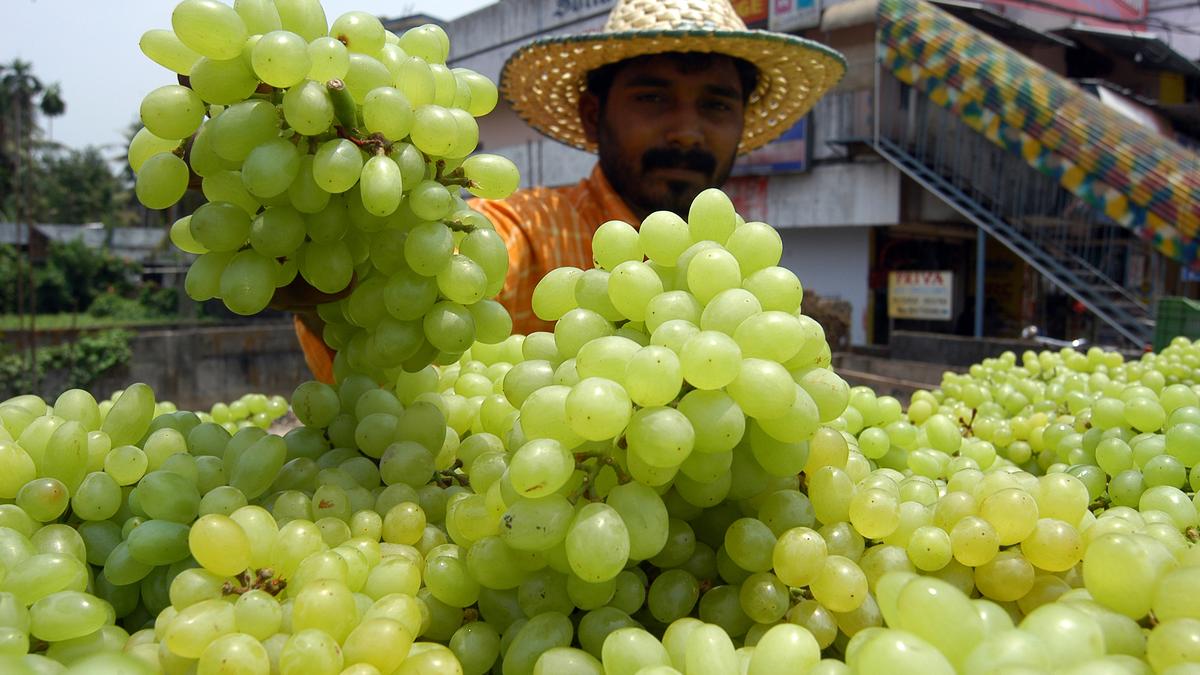
China is rapidly reshaping the global table grape market, emerging as the world’s second-largest exporter and challenging traditional suppliers, according to a RaboResearch report.
China is rapidly emerging as a powerhouse in the global table grape trade, challenging established exporters and reshaping demand across Asia, according to the latest RaboResearch report.
On the other hand, Southeast Asia offers “untapped opportunities” for diversification, not only for China but also for competing exporters such as Australia, India and South Africa, which are eyeing the region to offset slowing growth in Western markets.
China, which now accounts for nearly half of global grape production, has more than doubled its exports since 2016, reaching 596,000 tonnes in 2024. Once a net importer, the country is now the world’s second-largest exporter, with shipments poised to surpass the 100 million box mark by the end of the decade, according to the report.
While demand in traditional markets, such as the EU and the US, remains steady, Southeast Asia is becoming a key battleground. Rising incomes and shifting consumer preferences are boosting grape consumption in the region, where Indonesia, Vietnam and the Philippines — with populations exceeding 100 million — still record low per capita availability. In contrast, markets like Thailand and Singapore already have higher consumption but continue to demand premium seedless varieties.
China dominates this trade, catering to over 60 per cent of ASEAN’s grape imports by 2024, compared with just 26 per cent a decade ago. Exports have diversified beyond Thailand, Vietnam, and Indonesia to newer Asian markets, even as wholesale prices in China have declined by 45 per cent since 2020, amid rising costs and lower yields.
With the Asia-Pacific expected to represent 65 per cent of the global middle class by 2030, analysts predict that China and Southeast Asia will be at the centre of the next phase of global table grape growth.
Other key markets
South American table grape exporters are back on a growth path, with Peru and Chile leading the recovery after two challenging seasons, according to the report.
Exports from the region reached a record 1.3 million tonnes (approximately 160 million boxes) in 2024/25, buoyed by favourable weather, improved water availability, and new acreage in Peru coming into full production. Peru remains South America’s dominant player, with its export-certified area expanding by more than 50 per cent over the past decade. The country is expected to post another 4 per cent rise in exports in 2025/26, while Chile and Brazil are also set for modest growth.
Record imports seen
On the demand side, global imports are forecast to reach a record 4.4 million tonnes in 2025, equivalent to 537 million boxes. The EU and US remain the largest buyers, together accounting for 43 per cent of global imports. Growth in these mature markets has been steady at around 2 per cent annually, while Asia and the Middle East exhibit more mixed trends.
RaboResearch says the combination of South America’s supply rebound and sustained global demand sets the stage for another record-breaking year in 2025/26.
Published on October 3, 2025
